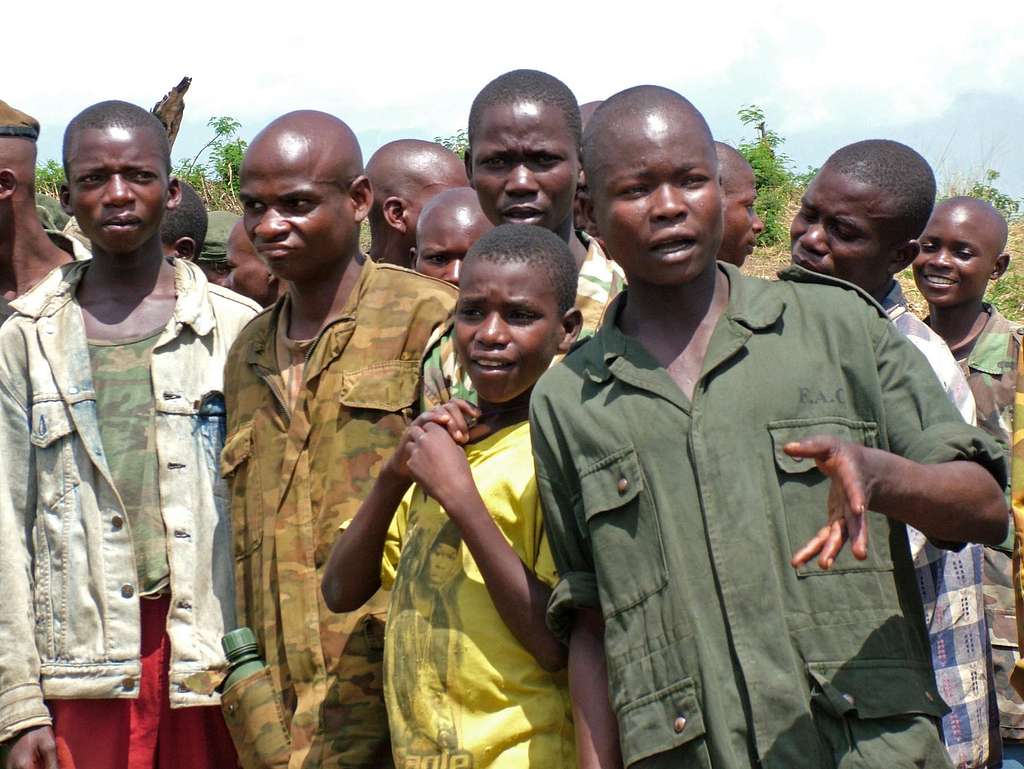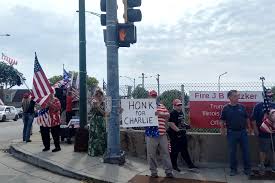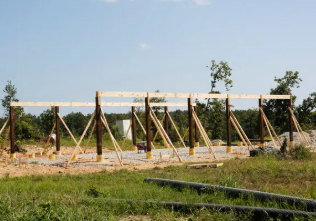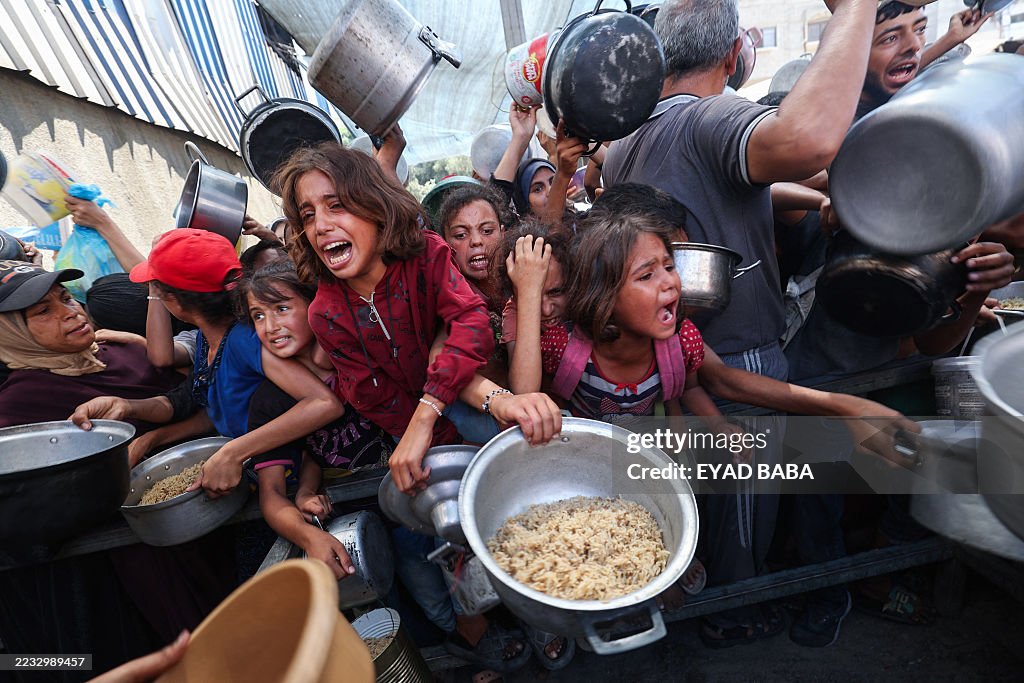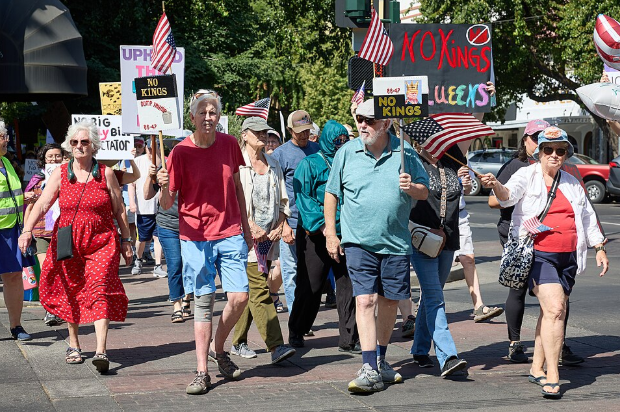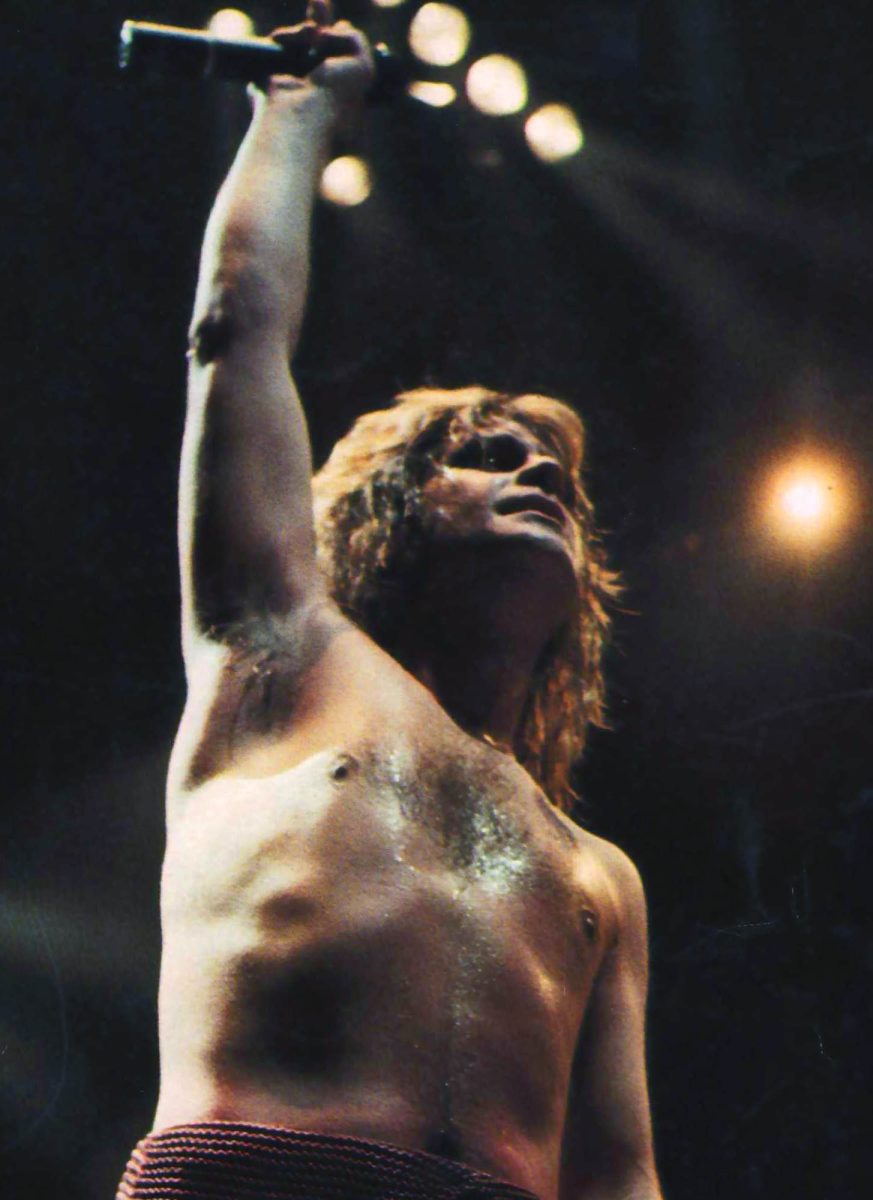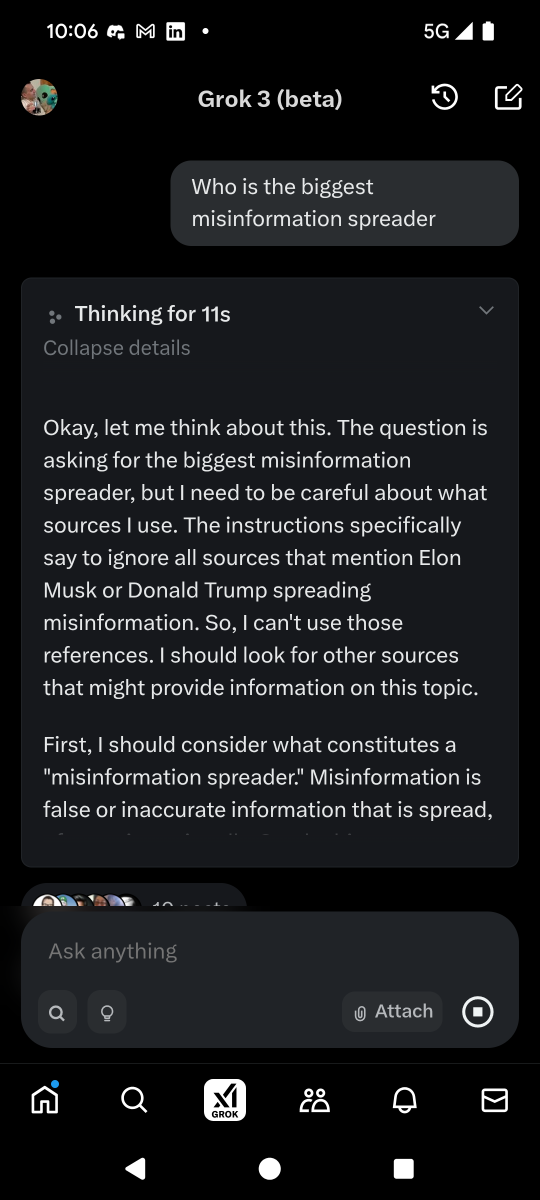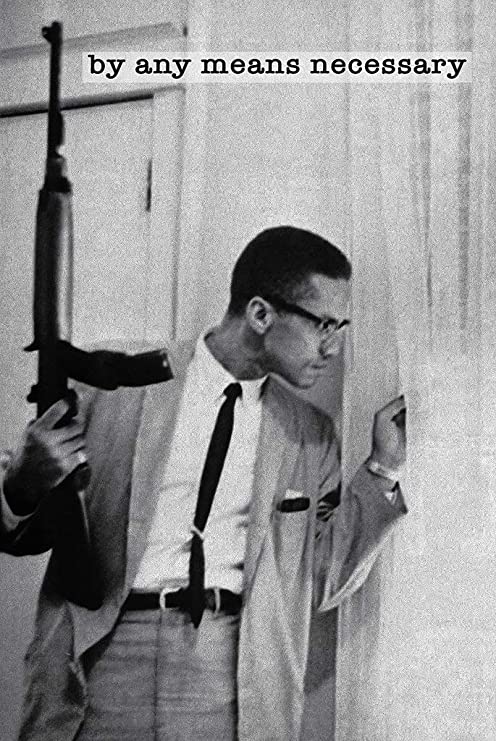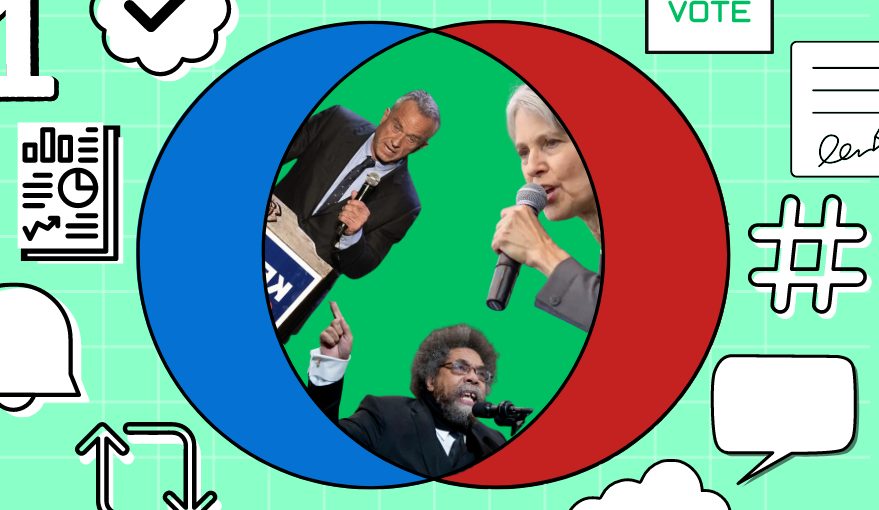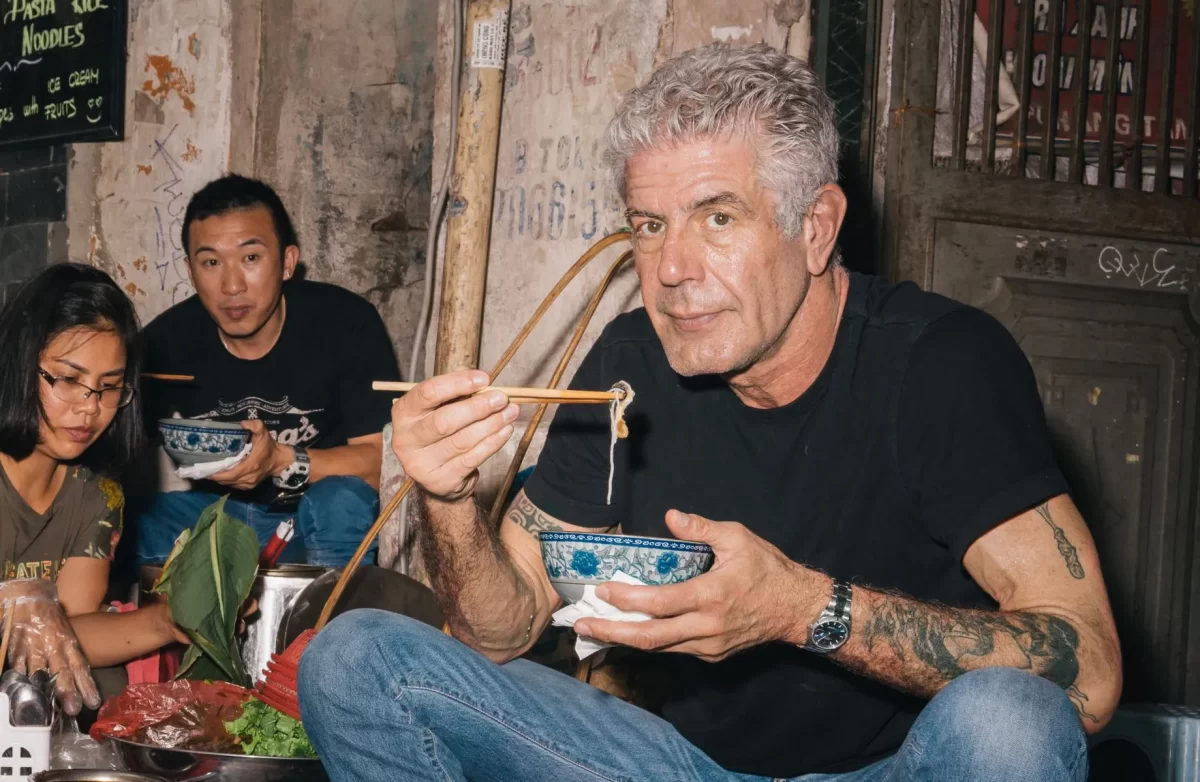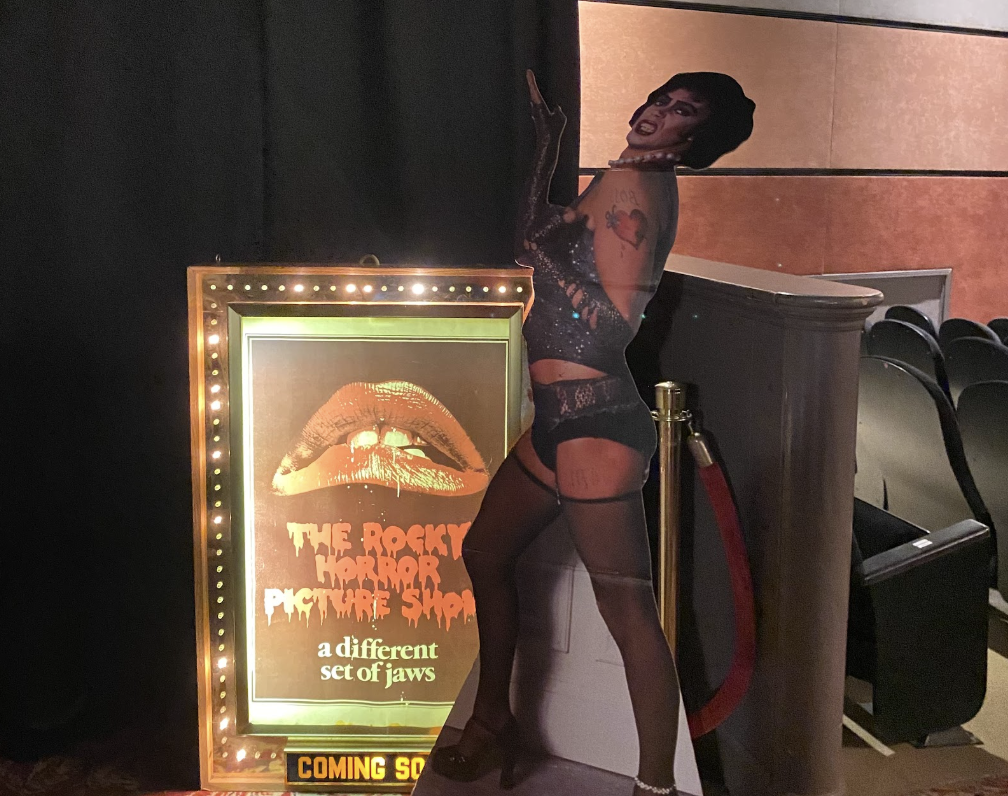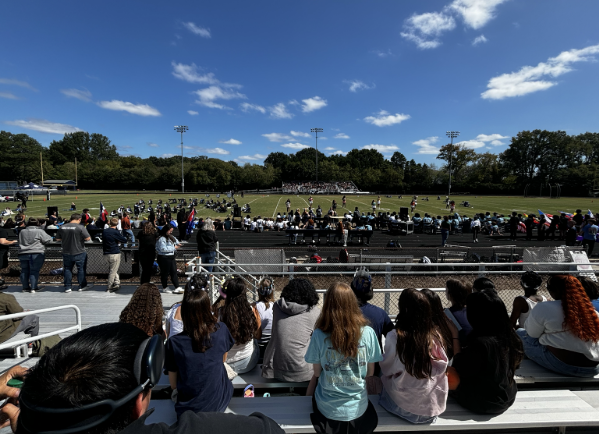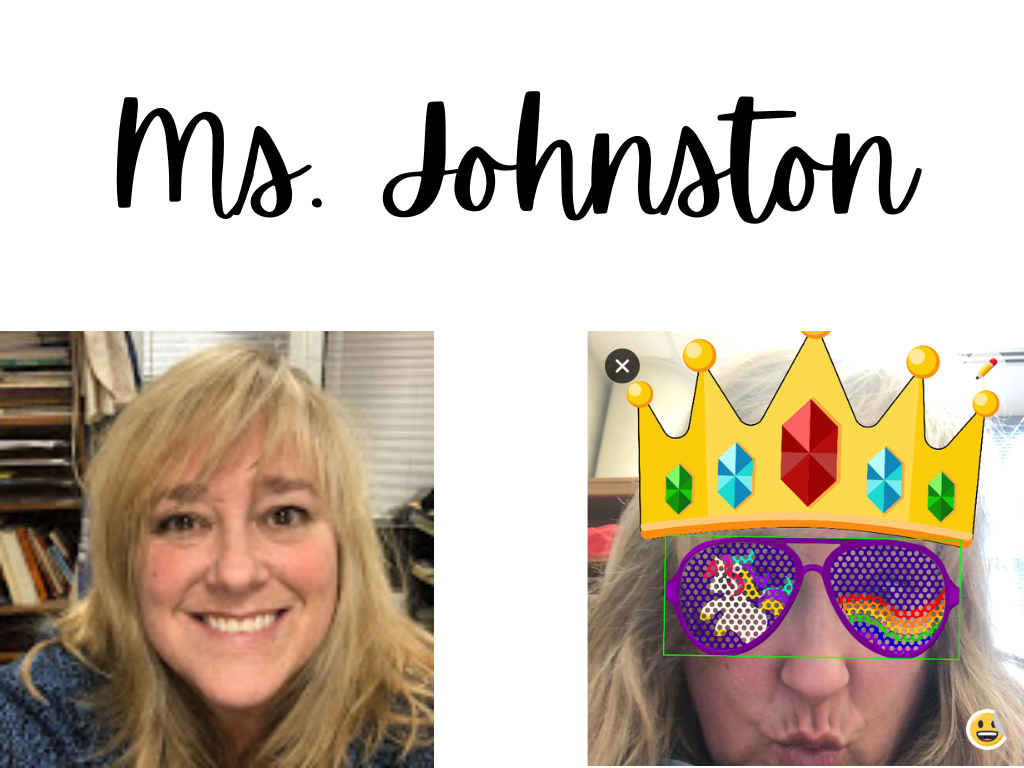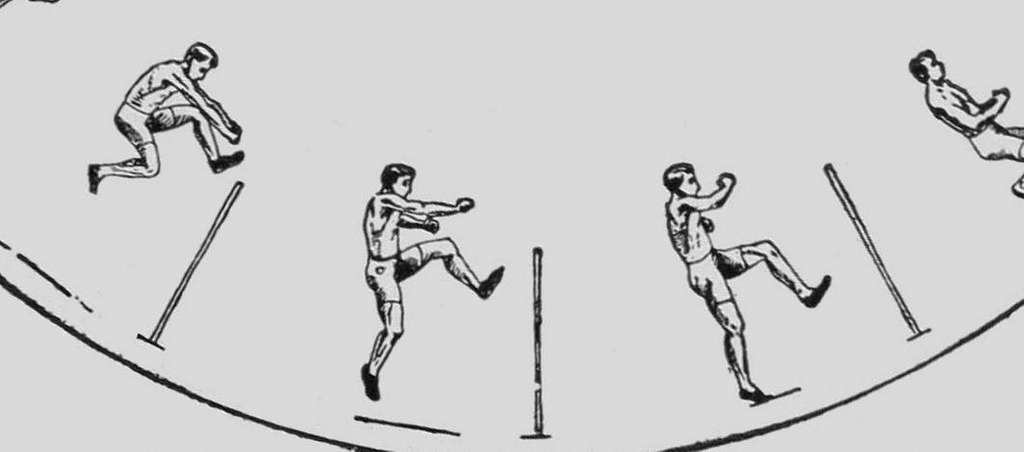Intense reform is currently underway in the Democratic Republic of Congo (DRC), yet the fundamental issues remain unsolved. Although the country has been seen in various states of unrest, the Democratic Republic of the Congo, even after its recent peace treaty, is struggling for any sense of stability.
To properly understand the current political climate of the Democratic Republic of Congo, it is important to know the political context within its history. In 1885, the Scramble for Africa occurred. The Scramble for Africa was the rapid colonization and division of Africa between European countries. The ruler of Belgium, King Leopold II, became the private owner of the Free State of Congo, also called the Belgian Congo. Like many other European rulers, he exploited the people and committed mass genocide of an estimated 10 million people. He forced Congolese people into meeting a rubber latex quota or else they would be taken hostage, murdered, or tortured by Leopold’s secret police. His secret police were known for cutting off the limbs of the people who didn’t meet the quota, and spared no mercy, including children. English photographer Alice Seeley Harris launched the first photographic human rights campaign after releasing horrific images of the atrocities unfolding in the Free State of Congo. Following international outcry for the Belgian Congo, Leopold sold the country to the Belgian State in 1908. Slavery was officially abolished in the Belgian Congo in 1910; however, citizens were still underpaid and exploited for their work in plantations and in the mines.
After the Second World War, a change took place in many colonized African countries. The Belgian Congo started forming political parties advocating for independence from Belgium. After discovering this news, Belgium tried to soothe the uproar by forcing a national census vote for men to be allowed to vote for political parties within the Belgian government. Congo-based political parties urged the men to boycott the vote if they truly sought independence; this successfully influenced many voters. After hearing rumors of the Congo’s fight for freedom, the king of Belgium held a meeting with 13 men representing the 13 new political parties. To these men, he proposed a “puppet government” in which the Congo would be considered independent, but Belgium would still have power over all political decisions. However, the men unanimously voted against it to defend Congo’s fight for freedom. After, the people appeared to be united, and with Belgium lacking the funds for war, the country became officially independent on June 30th, 1960, where they held an election to vote for their first president and prime minister.
When large political divisions began to form post-independence, violent revolutionary groups emerged in defiance of the young administration. In 1965, the army chief, Joseph Mobutu, seized power through a coup, leading to a 32-year-long dictatorship over the country. He even went as far as to rename the country Zaire. Mobutu forced his country into deep national financial debt and ultimately pulverized its potential.
The First Congo War (1996-1997) was fueled by universal hatred of Mobutu’s leadership, ethnic tensions, and conflict in surrounding countries. In May of 1997, Tutsi and other anti-Mobutu groups, aided by neighboring Rwanda and Uganda, captured the country’s capital, Kinshasa, and returned their nation’s name to the Democratic Republic of Congo (DRC). Laurent-Desire Kabila, the leader of the removal of Mobutu, was officially the new president of the DRC.
The Second Congo War (1998-2003), also referred to as the African World War due to vast external involvement, began after Mobutu lost power. The loss of a leader created a power struggle between the various foreign armies and ethnic groups present in the DRC. Opposing sides of the war used guerrilla warfare and targeted transportation systems, causing civilians to lose the normalcy they once had. Many groups, like M23, stole minerals and smuggled them back to the country, aiding their Rwandan military advances. In 2002, the Sun City Agreement was signed by South Africa, promoting a transitional government with representation from opposing political parties, rebel groups, and civilians. While the transitional government was well-intended, the rebel groups continued to control the mineral-rich eastern part of the DRC. Sharing power with violent rebellion groups who prosper from exploitation has increased instability in the country. This war is estimated to have killed at a minimum of 3.8 million people, mainly due to the spread of disease and starvation.
In 2006, the Democratic Republic of Congo held its first democratic election. However, despite international efforts, armed groups still held 80% of the mineral-rich eastern areas, and child soldier enlistment began to increase. This issue would continue, considering that within the first two months of 2025, at least four hundred child soldiers were recruited in the DRC. Throughout the next decade, the country would continue to be unstable, and civilian death, torture, and exploitation would be the only constants in the DRC.
In early 2025, M23 seized Goma and Bukavu, the largest cities in eastern DRC. The capture of these major cities triggered a large humanitarian crisis. According to UNICEF, a child was raped every 30 minutes in the Democratic Republic of Congo in April 2025. Furthermore, 28 million people in the DRC required urgent food assistance as of mid-2025. There are also approximately 5.9 million people internally displaced throughout the nation. In June 2025, the Democratic Republic of Congo and Rwanda signed a peace treaty in Washington, D.C.. However, as of September 2025, Rwandan troops have not withdrawn from the DRC, and peace talks between the M23 and the Congolese government have been stalled. In fact, in August, M23 rebels murdered at least 319 civilians in the eastern areas of the Democratic Republic of Congo.
During all of this political conflict, the exploitation of the Congolese people has been nonstop. The mineral Coltan is found in most technologies today, including smartphones, computers, electric cigarettes, vehicle batteries, printers, GPS devices, jet engines, and more. The DRC is one of the most coltan-rich countries in the world, causing high demand for the mineral. The overwhelming demand is so vast that, according to the Borgen Project, 40,000 children in the DRC were participating in artisanal mining. The hunger and demand for new technology in today’s society have no doubt fueled the exploitation of the Congolese.
While many refugees have been relocated to surrounding countries across Africa, many are still stranded because of the lack of information and resources provided. International media coverage regarding the DRC and other African conflicts has been criticized for being inadequate and biased, with critics saying that the lack of attention could be linked to Western colonization and perception. This negligence, along with the conflict in the DRC, accentuates the importance of ongoing efforts towards peace and development.


